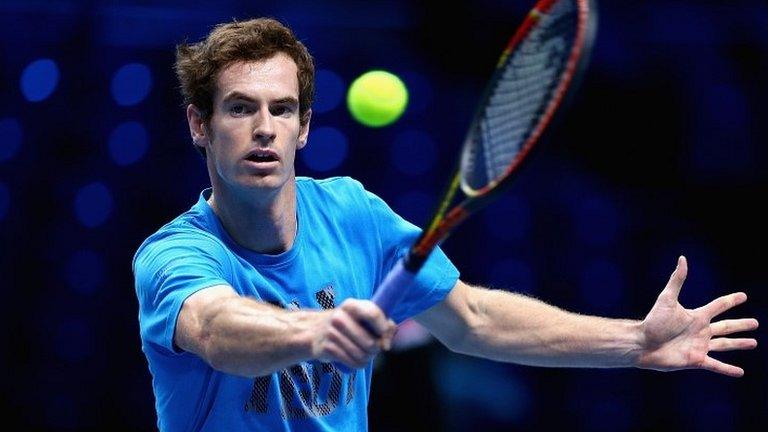Laura Robson & Heather Watson: The future looks bright
- Published
Highlights - Watson storms through
British tennis fans have more than just Andy Murray to look out for at the Grand Slams these days, thanks to the progress made by Laura Robson and Heather Watson.
The former Wimbledon (Robson) and US Open (Watson) junior champions have already completed the transition to becoming world-class seniors, but how much further can they go?
With Wimbledon just around the corner, coaching great Nick Bollettieri and former British number one Sam Smith look at the progress made by Britain's leading women.
THE PAST 12 MONTHS
Watson, 21, became the first Briton to win a WTA title in 24 years at the Japan Open in October, and by February of this year she had reached a career-high ranking of 39.
However, the following month Watson discovered that she was suffering with glandular fever and only returned to action 10 weeks later at the French Open.
Robson won Olympic silver with Murray in the mixed doubles at London 2012 and then beat Kim Clijsters and Li Na on her way to the last 16 of the US Open, following it up with a run to the final in Guangzhou.
Petra Kvitova, Agnieszka Radwanska and Venus Williams have been added to the list of high-profile scalps this year, helping Robson to a high of 35 in the rankings last month, but there have also been eight first-round defeats and a change of coach.
"This year has been tricky but Laura was newcomer of the year on the women's tour in 2012 and I think Heather came second in the voting, so they were the two bright sparks of last year," says Smith.
"They have found it a little harder going this year but Heather had glandular fever and she's coming back very well, and every time I see Laura play I feel she's improving - it's just a matter of time before she makes another leap."
ROBSON SEARCHING FOR HER SERVE
Robson has a serve that can be devastating or at times disastrous. By the week before Wimbledon, she had hit 94 aces but 162 double faults in 2013 and it has become a priority for new coach Miles Maclagan to work on.
"She's making a few changes, nothing major, and when it's on, it's a fantastic serve," says Smith.
"It's going to be one of the best serves in women's tennis very, very soon."
Bollettieri adds: "Her biggest asset is being a lefty. She's improving that wide, slice serve, which is very, very important as, normally speaking, it will go to a righty's backhand, but you have to be very, very careful even making a small adjustment.
"Making a change at 19, you have to hold your breath somewhat. You don't want to tinker with leftys too much because they have a more natural slice than a righty."
There were better signs in Eastbourne this week as Robson served her way out of trouble on several occasions, but double faults still occurred at key moments in her defeat against Caroline Wozniacki.
"I think my serve has improved," Robson said on Wednesday. "I'm getting a lot more pace on my first serve, which is what I wanted. In general, the double faults are going down, which is good.
"But I'm still not 100% confident in it, because I have only just changed it, so it's going to take time and it's going to take more practice."
WATSON LOOKING FOR VARIETY
Watson is a tremendous athlete with a fierce competitive spirit, but the question is whether she has the firepower to challenge the very best in the game.
"It's all built on her confidence in the big points," says Bollettieri. "I believe she's going to have to come forward.
She's a very good doubles player and she's very, very comfortable at the net, but making the transition is a very difficult time for most players.
"They're comfortable when they're standing there, but getting from the baseline to come forward is different. But I don't believe that Heather can go much further without adding that to her game."
Smith also believes the 21-year-old can add more to her arsenal. "What she can't do is just whack the ball up and down with the big hitters - she won't win like that.
"She needs to use her unbelievable athleticism and I think she needs to mix up the pace a little more with a few sliced backhands, a few more angles.
"Coming to the net is another way she can break up the games of the big hitters. She's got to play an all-round game and she has the ability to do that. She's a very good doubles player, but it's going to take time and she might have to go down the rankings to go up."
Watson remains bullish about her future, saying: "The aim is still to reach a Grand Slam final one day. I feel I could do it, but I need to add more to my game and keep getting fitter and climbing towards the next level all the time."
LIFE AT THE TOP
Few tennis players have to cope with the kind of attention garnered by Britain's leading hopes, with a sizeable press pack following relatively few players in comparison with other countries.
Then there is the annual spotlight of Wimbledon, which can be viewed as a blessing or a curse.
Murray's absence through injury at the French Open last month left Robson and Watson to lead the British campaign for the first time and Robson suggested it had not been an entirely comfortable experience.
"Heather seems to handle it very naturally and easily, Laura is a little more guarded," says Smith. "But don't forget, she's a couple of years younger than Heather. They have enormous amounts of pressure on them - I don't think I would have coped with it when I was that age - so they're coping well.
"Laura's getting more and more comfortable, but there is more of the spotlight on her because everyone can see how much potential she has. They have lots of people around them, they're both very bright girls and they take on that advice."
Whether external pressures played any part in Robson's dispiriting number of first-round defeats this year is hard to gauge, but both British women are now big enough names to be seen as prizes for those in the lower ranks.
"You have to be careful because the little rabbits are the ones that are more difficult, because they have nothing to lose," says Bollettieri. "Then you start putting pressure on yourself."
FUTURE PROSPECTS
Robson is the youngest player in the world's top 50 and in the short term will do well to maintain that with a lot of points to defend late in the year, while Watson is looking to make up for the time she missed through illness.
Beyond that, the trend is for players to peak in their mid 20s
"Both girls are doing well," says Bollettieri. "Getting into the top 50 is fantastic but as you get higher, it gets more difficult.
"I would think there is more to come - I'd be very disappointed if there isn't - but breaking the top 50 is one thing, then you've got to start beating the big girls.
"I think Laura, at 19, shouldn't think too much, she should just play. As you see, the age right now of players reaching the top is 24, 25, 26, so give her encouragement and maybe tinker a little here and there, but be careful of making major changes to a lefty.
"Heather's got a good return of service, the second serve has improved tremendously, she's got a great coach in Mauricio Hadad, and she's a great girl, a good fighter, and a great personality for tennis."
- Published21 June 2013
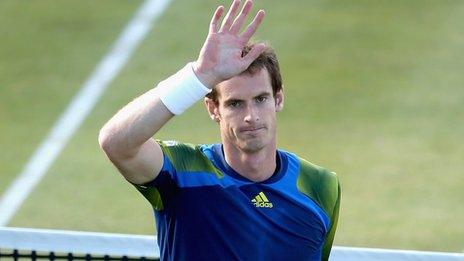
- Published19 June 2013
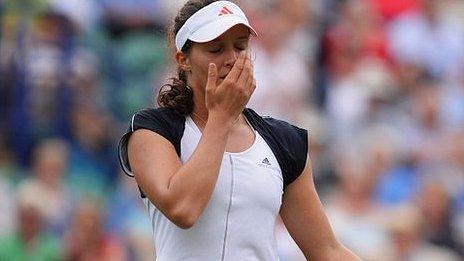
- Published19 June 2013

- Published18 June 2013
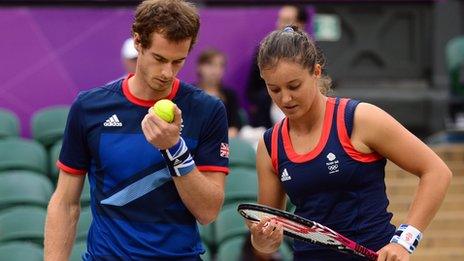
- Published8 November 2016
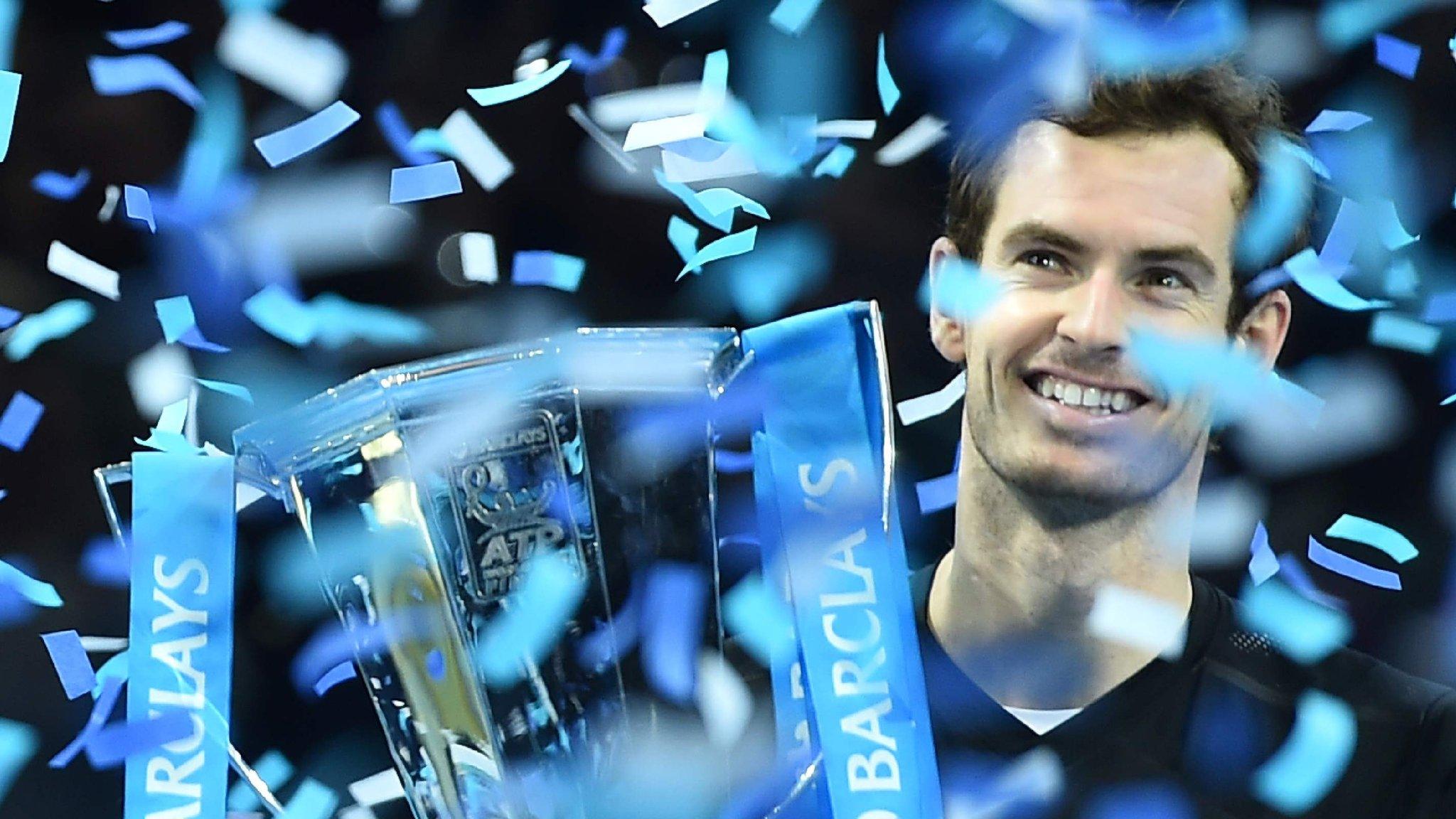
- Published14 October 2012
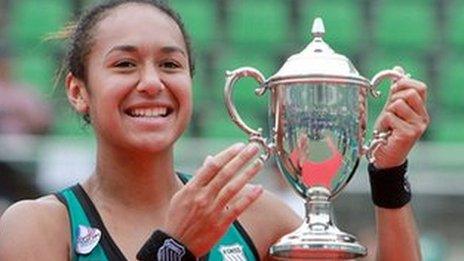
- Published22 September 2012
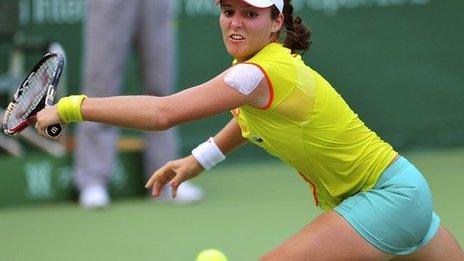
- Published3 September 2012
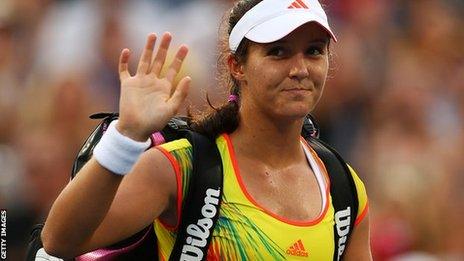
- Published5 August 2012

- Published9 November 2016
